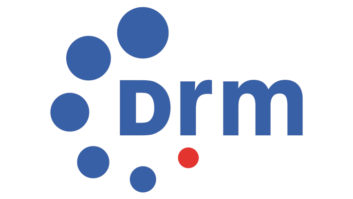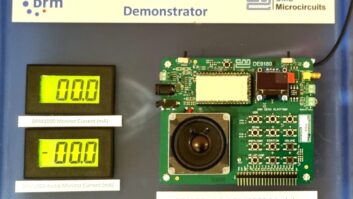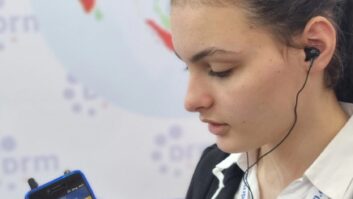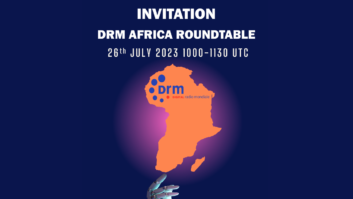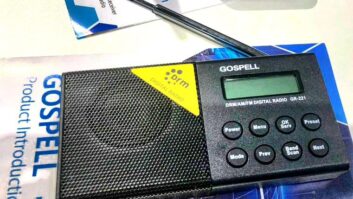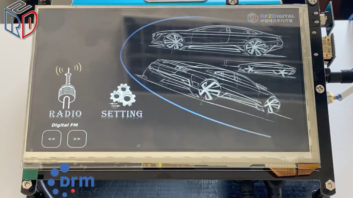
The DRM Consortium is inviting industry stakeholders to view a series of new video productions to get more information on the basic principles of DRM and benefits of to implementing this all-band digital radio system.
On the heels of its participation at the Virtual IBC event held earlier in September, the DRM Consortium created a series of videos that offer everything from basic information on DRM to more complex technical details. The videos offer details on addressing transmission issues over large disparate geographic areas, how to provide adequate disaster warning transmissions with DRM and how to improve local radio services to geographically disparate communities with less power — including how to provide three different radio broadcasts from a signal transmitter.
[Read: DRM Advanced Radio for All]
“Content can be richer, more varied and in the regional languages or dialects [of those areas],” according to the introductory video. “More content in more languages on flexible DRM for all.”
Additional benefits for DRM — or Digital Radio Mondiale — include the delivery of data along with the audio broadcasts. In the video “From Broadcaster to the Listener,” the narrator gives viewers a look at what opportunities DRM can provide to an imaginary country, one with large cities with millions of people, smaller township areas as well as vast forest region that divides a country in two and causes significant geographical broadcast challenges to traditional radio broadcasts.
Using DRM gives this fictional nation the opportunity to reach more of its citizens with clear, crisp audio as well as connect with them via video/data images. DRM radios have a screen and can provide consumers with text, pictures, maps, math lessons, live sports results, emergency warnings and other educational information, creating an “opportunity for digital radio station managers to use this data channel to create a new revenue stream,” the video says. “Visible adverts can be broadcast alongside traditional audio advertising. DRM is flexible, green and delivers universal access to information so the whole country can be connected.”
Philipp Schmid, CTO of Nautel, a maker of DRM transmitters, explains in another video how six independent DRM signals can be emitted from a single Nautel GV family transmitter, in effect combining signals to be broadcast from a single amplifier, a single antenna and a single location.
“In this way we can of course get a lot more data capacity for our transmitter but we can also use white space that was unable to be allocated in analog FM,” he said. An analog FM channel would have prevented the other adjacent channels to be utilized, he said. But in digital transmission we can make sure that all of these modulated signals are emitted at the same time. “By doing so, we can eliminate interchannel interference and in this way a receiver can pick up its own independent sideband and all the audio services on it.”
The technology may revolution digital radio broadcasting, Schmid said. “It allows us to pack more signals into a smaller frequency spectrum, enabling more broadcast transmission, more radio stations, more services [and] better utilize our spectrum that is available for radio broadcasting,” he said.
Another video demonstrates how DRM is able to deliver distance learning material over large, remote geographic areas where IP is not available.
New DRM receiver options — including standalone models, DRM-capable smartphone receivers and automotive models — have been released from companies like Avion Electronics, Gospell, Inntot, Starwaves and RF2Digital.






